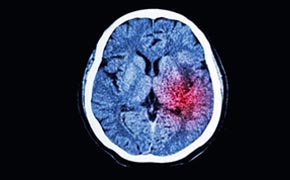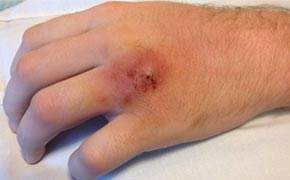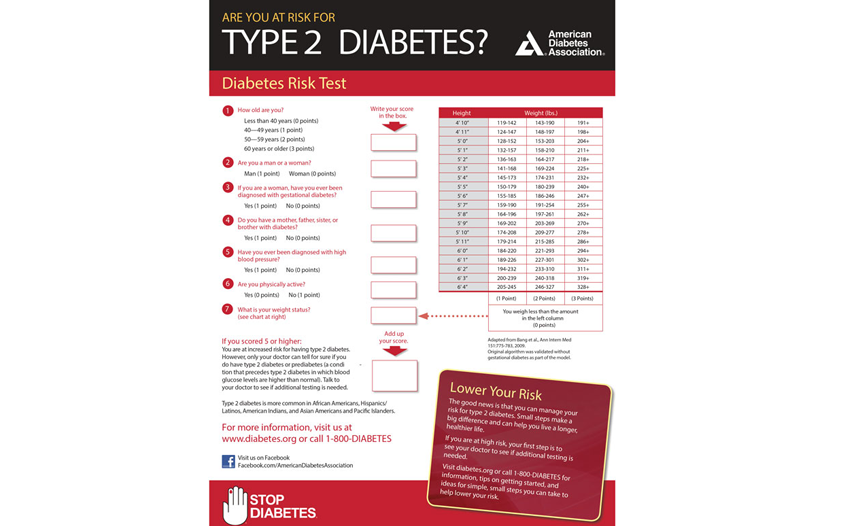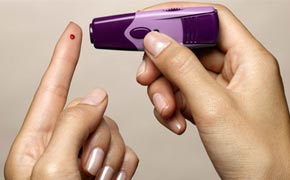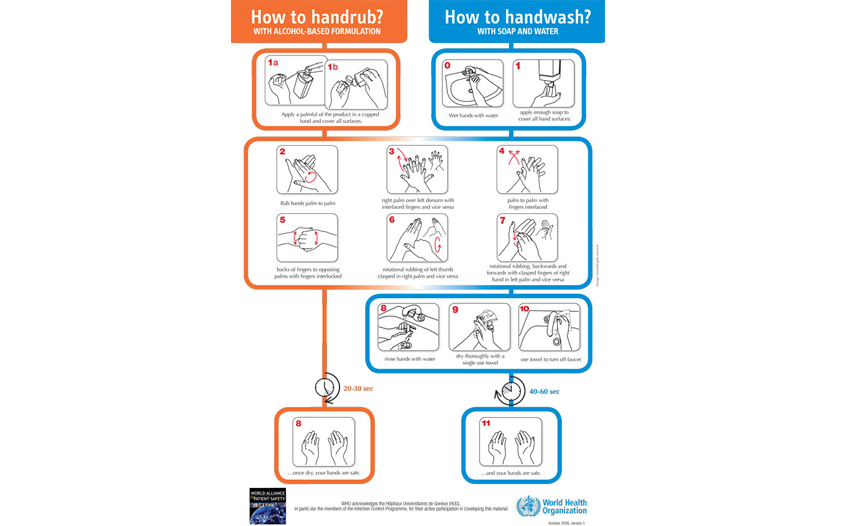Stroke is a medical emergency. Know the signs and symptoms of stroke, and call ambulance right away if you think someone might be having a stroke. Getting fast treatment is important to preventing death and disability from stroke.
You may be able to prevent stroke or reduce your risk through healthy lifestyle changes. In addition, medication can reduce stroke risk for some people. To understand stroke, it helps to understand something about the brain. The brain controls our movements; stores our memories; and is the source of our thoughts, emotions, and language. The brain also controls many functions of the body, like breathing and digestion.
To work properly, your brain needs oxygen. Although your brain makes up only 2% of your body weight, it uses 20% of the oxygen you breathe.1 Your arteries deliver oxygen-rich blood to all parts of your brain.
If something happens to interrupt the flow of blood, brain cells start to die within minutes because they can’t get oxygen. This is called a stroke. Sudden bleeding in the brain also can cause a stroke if it damages brain cells. A stroke can cause lasting brain damage, long-term disability, or even death.
If brain cells die or are damaged because of a stroke, symptoms of that damage start to show in the parts of the body controlled by those brain cells.
Signs of Stroke in Men and Women
-
Sudden trouble seeing in one or both eyes.
-
Sudden confusion, trouble speaking, or difficulty understanding speech.
-
Sudden trouble walking, dizziness, loss of balance, or lack of coordination.
-
Sudden numbness or weakness in the face, arm, or leg, especially on one side of the body.
-
Sudden severe headache with no known cause.Call 9-1-1 immediately if you or someone else has any of these symptoms.
Acting F.A.S.T. can help stroke patients get the treatments they desperately need. The most effective stroke treatments are only available if the stroke is recognized and diagnosed within 3 hours of the first symptoms. Stroke patients may not be eligible for the most effective treatments if they don’t arrive at the hospital in time.
If you think someone may be having a stroke, act F.A.S.T.1 and do the following simple test:
-
F—Face: Ask the person to smile. Does one side of the face droop?
-
A—Arms: Ask the person to raise both arms. Does one arm drift downward?
-
S—Speech: Ask the person to repeat a simple phrase. Is their speech slurred or strange?
-
T—Time: If you observe any of these signs, call emergency contacts immediately.
Note the time when any symptoms first appear. Some treatments for stroke only work if given in the first 3 hours after symptoms appear. Do not drive to the hospital or let someone else drive you. Call an ambulance so that medical personnel can begin life-saving treatment on the way to the emergency room.
Anyone can have a stroke at any age. Your chances of having a stroke increase if you have certain risk factors. The best way to protect yourself and your loved ones from a stroke is to understand your risk and how to manage it.
Some of the risk factors for stroke cannot be controlled, such as your age or family history. But you can take steps to lower your risk by changing the factors you can control.
You can help prevent stroke by making healthy lifestyle choices. A healthy lifestyle includes the following:
-
Not smoking.
-
Eating a healthy diet.
-
Getting enough exercise.
-
Limiting alcohol use.
-
Maintaining a healthy weight.
1. Healthy Diet
Choosing healthy meal and snack options can help you avoid stroke and its complications. Be sure to eat plenty of fresh fruits and
vegetables. Eating foods low in saturated fats, trans fat, and cholesterol and high in fiber can help prevent high cholesterol. Limiting
salt (sodium) in your diet also can lower your blood pressure.
2. Healthy Weight
Being overweight or obese increases your risk for stroke. To determine whether your weight is in a healthy range, doctors often calculate
your body mass index (BMI). If you know your weight and height, you can calculate your BMI at CDC’s Assessing Your Weight Web site..
Doctors sometimes also use waist and hip measurements to measure excess body fat.
3. Physical Activity
Physical activity can help you maintain a healthy weight and lower your cholesterol and blood pressure levels. For adults, the Surgeon
General recommends 2 hours and 30 minutes of moderate-intensity exercise, like brisk walking or bicycling, every week. Children and
adolescents should get 1 hour of physical activity every day.
4. No Smoking
Cigarette smoking greatly increases your risk for stroke. If you don’t smoke, don’t start. If you do smoke, quitting will lower your
risk for stroke. Your doctor can suggest ways to help you quit.
5. Limited Alcohol
Avoid drinking too much alcohol, which can raise your blood pressure. Men should have no more than 2 drinks per day, and women only
1.
If you have heart disease, high cholesterol, high blood pressure, or diabetes you can take steps to lower your risk for stroke.
1. Check Cholesterol
Your health care provider should test your cholesterol levels at least once every 5 years. Talk with your health care team about this
simple blood test. If you have high cholesterol, medications and lifestyle changes can help reduce your risk for stroke.
2. Control Blood Pressure
High blood pressure usually has no symptoms, so be sure to have it checked on a regular basis. Talk to your health care team about
how often you should check your levels. You can check your blood pressure at home, at a doctor’s office, or at a pharmacy.
If you have high blood pressure, your doctor might prescribe medication, recommend some changes in your lifestyle, or advise you to
lower the levels of salt in your diet.
3. Manage Diabetes
If your health care provider thinks you have symptoms of diabetes, he or she may recommend that you get tested. If you have diabetes,
monitor your blood sugar levels carefully. Talk with your health care team about treatment options. Your doctor may recommend certain
lifestyle changes to help keep your blood sugar under good control—those actions will help reduce your risk for stroke.
4. Manage Heart Disease
If you have certain heart conditions, such as atrial fibrillation (irregular heartbeat), your health care team may recommend medical
treatment or surgery. Taking care of heart problems can help prevent stroke.
5. Take Your Medicine
If you take medication to treat heart disease, high cholesterol, high blood pressure, or diabetes, follow your doctor’s instructions
carefully. Always ask questions if you don’t understand something. Never stop taking your medication without talking to your doctor
or pharmacist.
6. Talk with Your Health Care Team
You and your health care team can work together to prevent or treat the medical conditions that lead to stroke. Discuss your treatment
plan regularly, and bring a list of questions to your appointments.
If you’ve already had a stroke or TIA, your health care team will work with you to prevent further strokes. Your treatment plan will include medications or surgery and lifestyle changes to reduce your risk for another stroke. Be sure to take your medications as directed and follow your doctor’s instructions.

